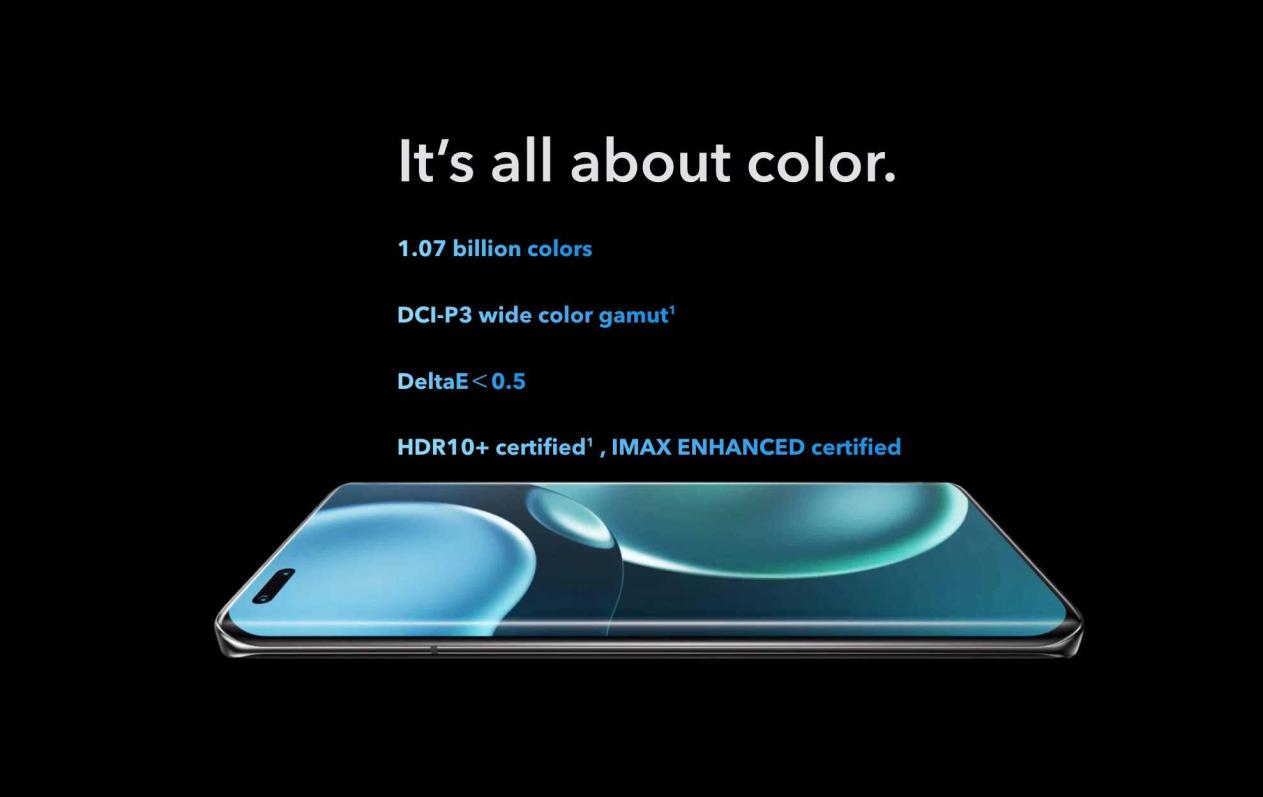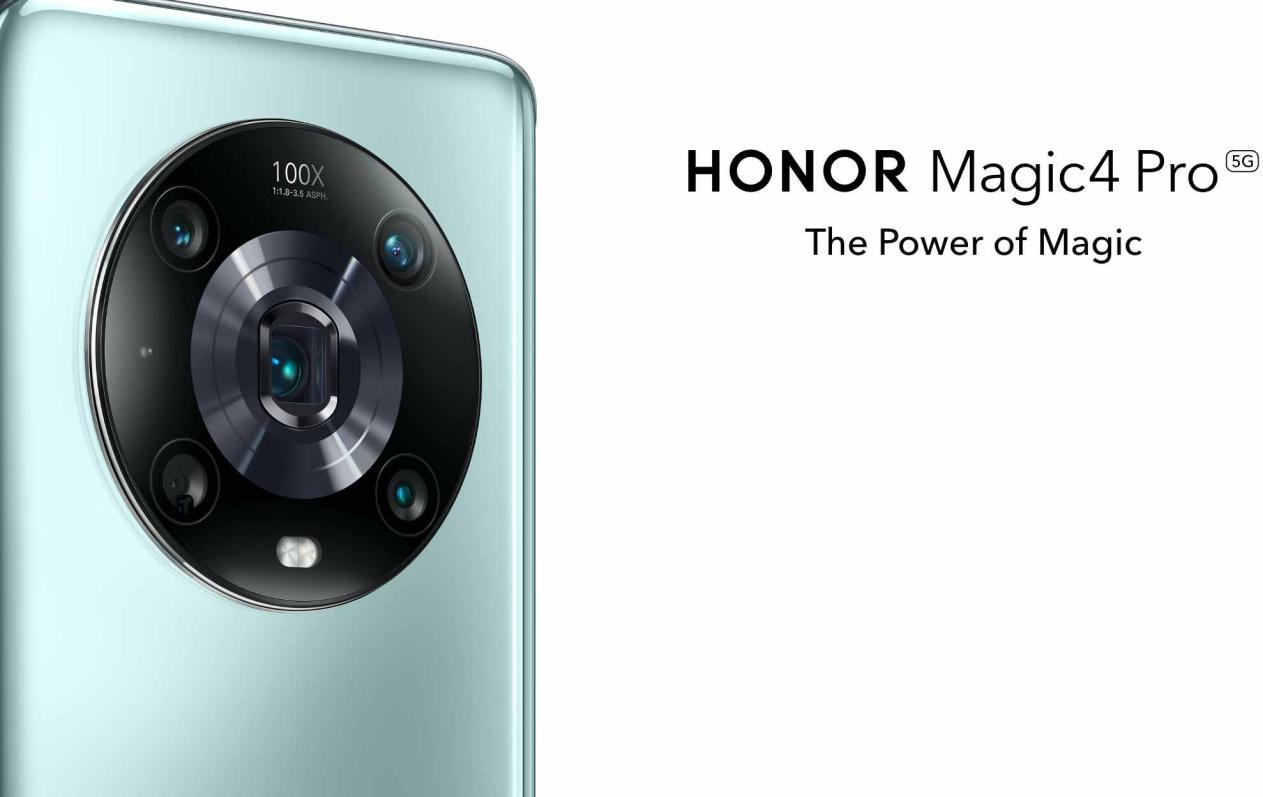What Is The Impact of Mobile Phones on Journalism and News Consumption?
Mobile phones have had a profound impact on journalism and news consumption, revolutionizing the way news is reported, disseminated, and consumed. With the adoption of smartphones, news has become more accessible, immediate, and personalized than ever before. You can explore the impact of mobile phones on journalism and news consumption.
The Impact of Mobile Phones on Journalism and News Consumption
Immediate and Real-Time Reporting
Mobile phones such as the HONOR Magic4 Pro have transformed the speed at which news is reported and consumed. Journalists armed with mobile phones can report live from the scene of an event, providing instantaneous updates and real-time coverage. Live streaming capabilities allow journalists to transmit video footage directly to audiences, bridging the gap between the event and the viewer. For news consumers, mobile phones offer instant access to breaking news through news apps, push notifications, and social media feeds. This immediate availability of news updates allows individuals to stay informed about current events regardless of their physical location. Mobile phones have made news consumption a constant and on-demand experience, enabling users to follow unfolding stories and receive updates as they happen.

Personalized News Consumption
Mobile phones have facilitated personalized news consumption, allowing users to receive content tailored to their interests. News aggregation apps, social media algorithms, and personalized news alerts deliver content based on user preferences, browsing history, and interactions. This personalized approach to news consumption enhances user engagement, as individuals can access news that aligns with their specific interests and beliefs. However, the rise of personalized news consumption has also raised concerns about echo chambers and filter bubbles. When news consumers are exposed only to content that confirms their existing beliefs and perspectives, it can lead to polarization and a limited understanding of diverse viewpoints.
Multimedia Storytelling and Visual Journalism
Mobile phones have transformed storytelling in journalism by providing powerful multimedia tools. Journalists can use mobile phones to capture high-quality photos, videos, and audio recordings, enhancing their storytelling capabilities. These multimedia elements add depth and impact to news stories, allowing journalists to convey emotions and experiences in ways that traditional text-based reporting cannot.

Challenges and Considerations
While mobile phones have revolutionized journalism and news consumption, there are challenges and considerations to be mindful of:
Monetization and sustainability: The shift to digital platforms and mobile news consumption has disrupted traditional business models in journalism. News organizations face challenges in monetizing their content and ensuring financial sustainability in the digital era.
Digital divide: While mobile phones have increased access to news for many, the digital divide remains a challenge. Not everyone has equal access to mobile phones or reliable internet connectivity, limiting their ability to consume news digitally. This further exacerbates existing inequalities in accessing reliable information.
Conclusion
By employing these strategies and promoting responsible news consumption, individuals can leverage the benefits of mobile phones in journalism while being mindful of the challenges and implications they present. In doing so, news consumers can make informed decisions, engage with diverse perspectives, and contribute to a healthier information ecosystem.